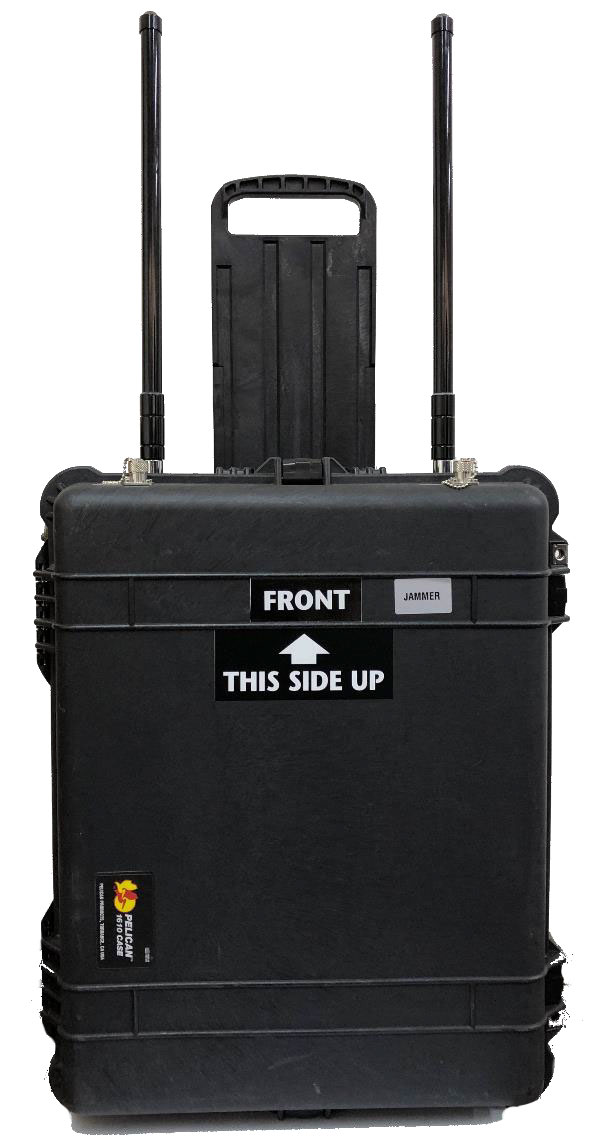Active Cellular System – Tactical IMSI Catcher & Mobile Communication Interception
Phantom Technologies’ Active Cellular System is a high-performance tactical platform designed for cellular interception, IMSI collection, and real-time monitoring of mobile communications. Operating across GSM, UMTS, and LTE bands, this system functions as a man-in-the-middle (MITM) device, simulating a legitimate cellular base station to interact directly with mobile phones in the coverage area.
Ideal for law enforcement, military intelligence, and national security agencies, the system enables covert identification, tracking, and communication control of target mobile devices in both urban and remote environments.
Key Capabilities
-
IMSI/IMEI Detection and Identification
Captures unique subscriber identifiers (IMSI) and device identifiers (IMEI) from all mobile phones within range. Enables mapping to MSISDN (phone numbers) and target classification.
-
Voice & SMS Interception
Intercepts and records incoming and outgoing calls and SMS messages in real-time. Recordings are stored for offline analysis and reproduction.
-
2G Downgrade for Interception
When targets are connected to 3G or 4G networks, the system forces a protocol downgrade to 2G, enabling full interception of communication streams.
-
Rapid Deployment & Operation
Portable and operational within minutes. Supports predefined target lists by IMSI, IMEI, or MSISDN for focused, high-value operations.
-
Secure and Covert Operation
Functions without alerting target devices. All intercepted metadata and content are logged and exportable for intelligence and legal procedures.
Active Cellular Systems consist of mobile base stations that emulate real cell towers, creating a controlled RF environment. By dividing the target area into “cells”, each served by the system’s base station, communication is redirected through Phantom’s interception platform instead of the public network.
This allows the operator to:
-
Identify and classify all mobile devices in range
-
Intercept, block, or manipulate communication channels
-
Track movement and activity via cellular handshakes
Advanced error-correction and signal-handling techniques ensure reliable interception even in dense or high-interference environments.
Use Cases
-
Tactical Law Enforcement Operations
-
Counterterrorism and Surveillance Missions
-
Border Security and Intelligence Gathering
-
Missing Persons and Kidnapping Investigations
-
Covert Military Communication Monitoring
-
Protection of Strategic Areas and VIP Movements
Phantom’s Solution
Our IMSI Catcher and Active Interception System is modular, portable, and field-proven. Designed for operational flexibility, it integrates seamlessly into mobile units, covert installations, and urban tactical deployments.
Engineered to meet the evolving needs of intelligence and public safety agencies, the system provides full-spectrum cellular control, from passive collection to active interception.
-
Captures IMSI/IMEI and metadata in real-time
-
Records voice and text communications
-
Maps phone numbers (MSISDN) to unique identities
-
Covert operation with no user awareness
-
Remote configuration and user interface
-
Compliant with national security protocols and export controls
Why Phantom Technologies?
Phantom Technologies is a leading developer of active and passive mobile intelligence systems, serving law enforcement and military clients in over 50 countries. Our solutions are built in Israel, ensuring the highest standards of security, innovation, and operational excellence.






